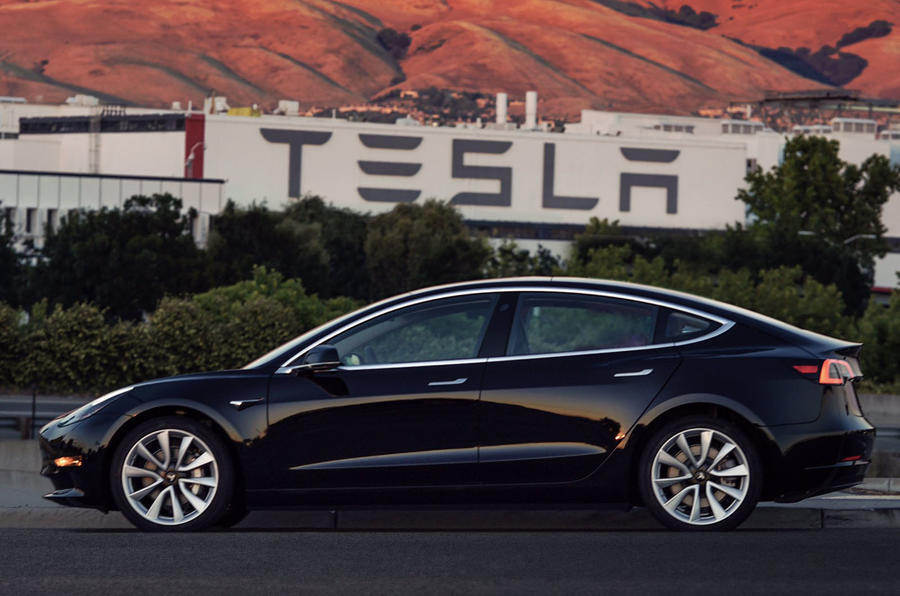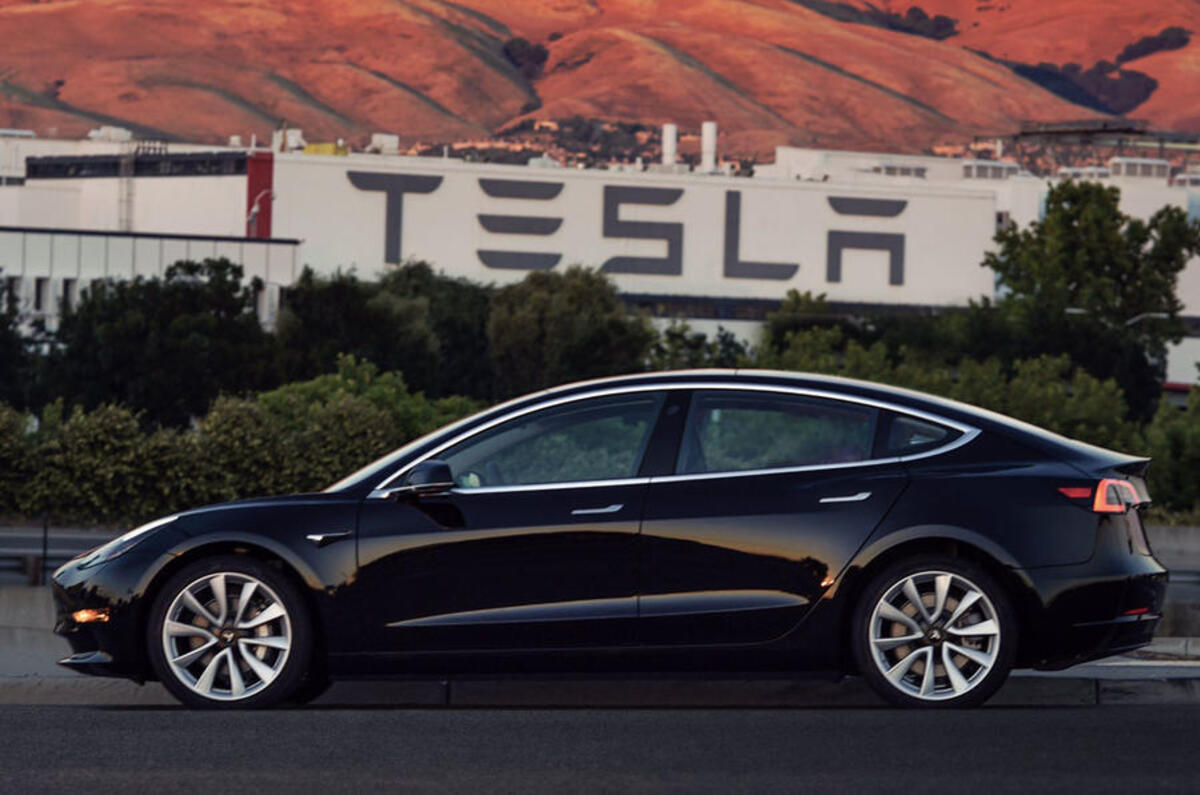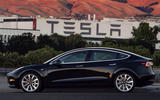Tesla may be the new standard by which financial markets measure the rest of the car industry, but the stock market darling is suffering a major hiccup as it struggles to launch the $35,000 Model 3.
Recently, Tesla announced that the production ramp-up of its much-awaited Model 3 had achieved only 260 cars built compared with its plan of 5000 per week. The setback cost Tesla £468 million in financial losses in three months of late summer trading.
Tesla falls behind on Model 3 deliveries
As Toni Sacconaghi, Tesla analyst at Bernstein Research, wrote in a research note last week: “Our key concern with Tesla is whether the company can profitably build the Model 3 and do so with sufficient quality. Q3 results reinforced our concerns.”
Tesla posts $619 million loss in third quarter of 2017
At the same time, cash has been flowing out as Tesla throws resources at the Model 3 production line. In three months during this summer, Tesla has seen £1 billion in cash leave the company, with similar sums expected in future quarters.
Opinion: is Tesla Roadster surprise an attempt to distract from the firm's problems?
The dampening effect on Tesla’s share price has been marked, with Bernstein forecasting a target price of $265 per share compared with its recent $321 – a 17% drop. It is worth noting that Mark Fields was ousted as Ford boss in May over the same percentage decrease in share price, albeit spread out over three years.

So what has gone wrong at Tesla?
“The situation is really very simple,” said Peter Wells, automotive industry expert and professor at Cardiff Business School. “Tesla has seriously underestimated the challenges of bringing a new model to market in major volumes of production.”














Join the debate
Add your comment
Will Tesla be here this time next year?
Over the past 12 months, Tesla has been burning money at a rate of about $8,000 a minute (or $480,000 an hour). It is blowing through more than $1 billion a quarter. At this rate Tesla is unlikely to last another 10 months or a year. Tesla will be required to raise at least $2 billion in fresh capital by mid-2018. Is that achieveable? Who knows?
All this talk about short
All this talk about short cuts in the production process makes you wonder if Mr Musk has hired some ex VW group executives.
It doesn't matter
Again, what this article says doesn't matter (althought I wonder if Autocar has started accepting money from that fund the Kotch bothers have set up specifically to tarnish EVs and Tesla specifically. Times are though for Car magazines and Autocar is failling pretty badly at this point... Lobbying money is a good alternate source of cash)... But I digress. So all that matters is investor paitence, government mandates and china. Tesla wins all three. the rest is noise... loud russian noise
Well, no. Spelling and
Well, no. Spelling and punctuation still matter, but I also digress. Your post is noise.
I think you mean niet
Is that you Vladimir?